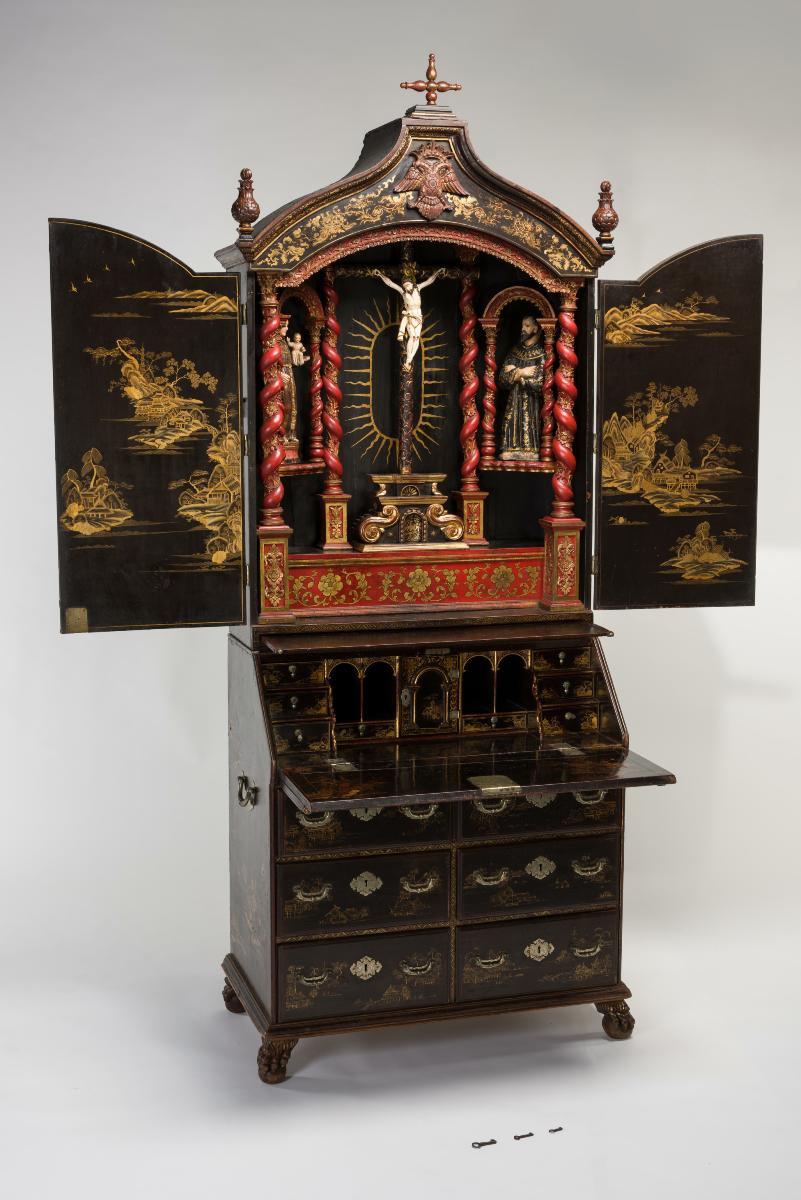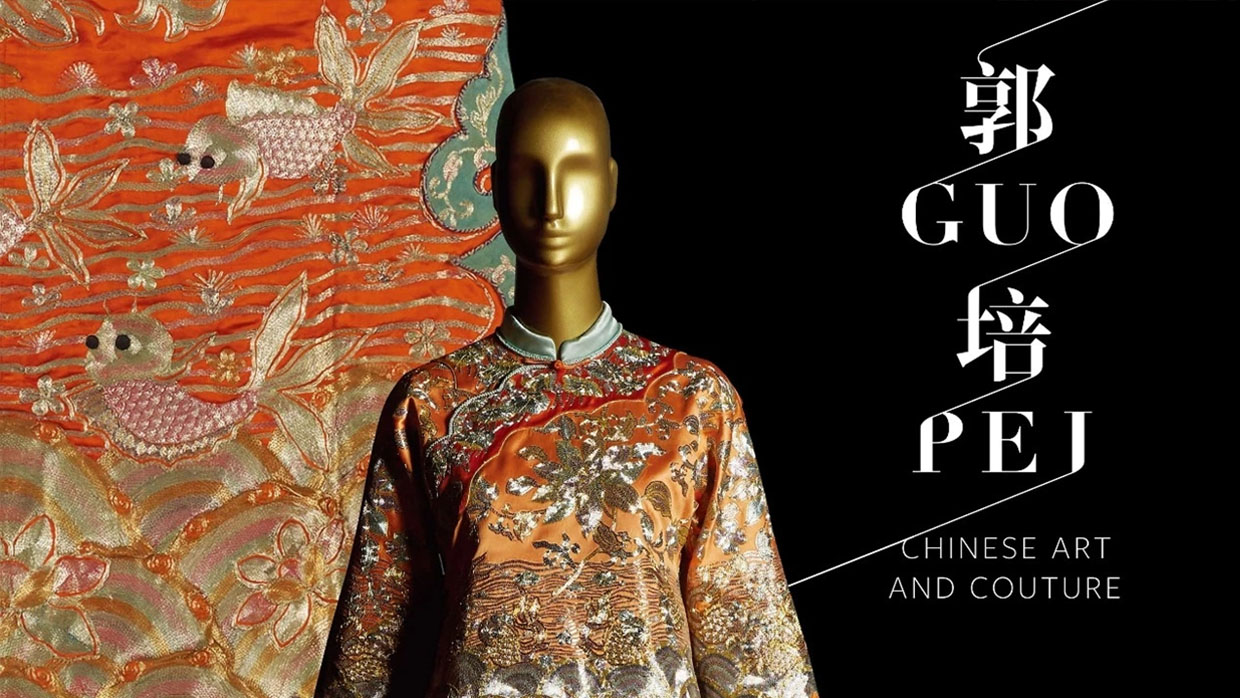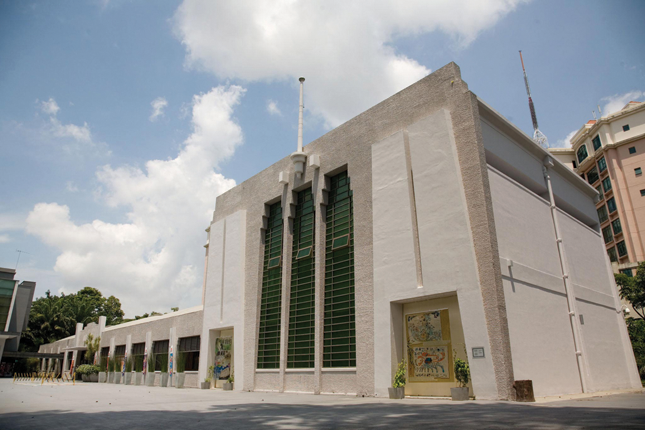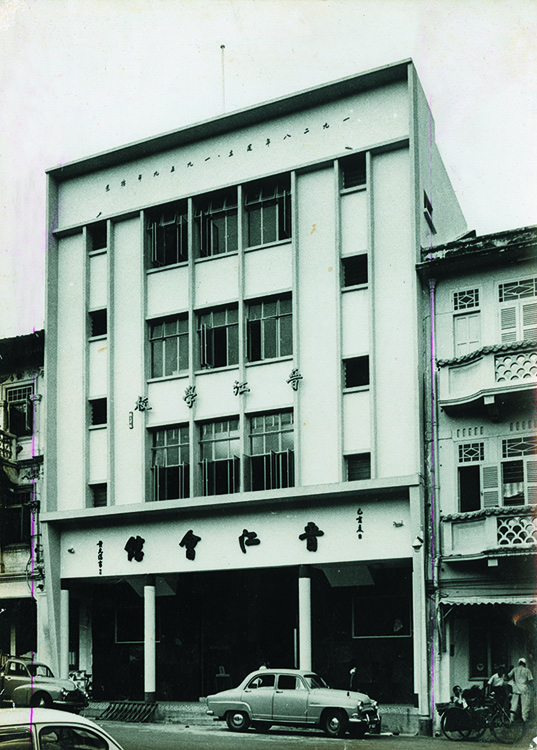This large cabinet is veneered with polished tortoiseshell panels to give it an additional luminosity. The sides and corners of the cabinet are decorated with ivory borders. The swing doors have an engraved gilded silver escutcheon lock decorated with birds and leafy motifs. The swing doors open to reveal 11 drawers clad with ivory frames and pull knobs.The Portuguese were the first to trade in the Indian Subcontinent for these luxury objects in the 16th and 17th centuries, subsequently the Dutch and the British were also trading in these objects. Such a luxury item was admired by both the local and export markets and clearly demonstrates the role of trade in the production on visual culture. The carved and gilded stand is a later addition to support the cabinet. It was carved in a late Baroque style, probably in England around 1720s. The four cabriole legs, a popular design in Europe particularly France, England and Holland in the early 18th century, are carved with lions’ heads and feet further embellished with flowers and banners. The elaborate front stretchers are carved as two large acanthus leaves that spiral into volutes and joint in the centre with a sculptural mask depicting a head of a bearded man.


















